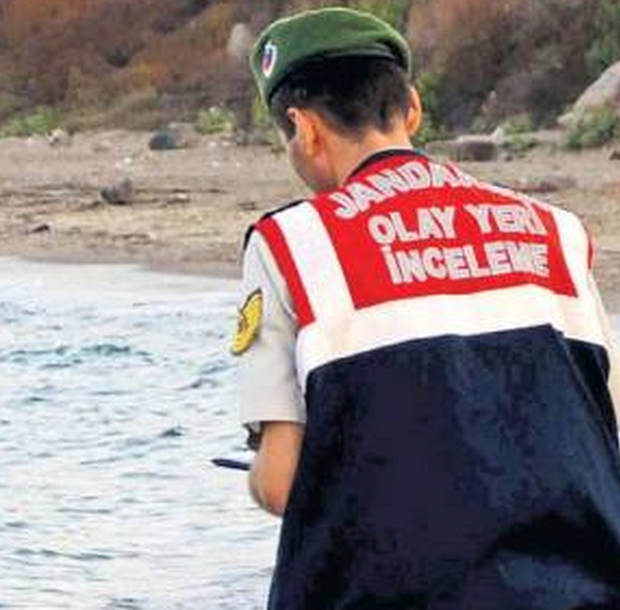Today’s front page of the day is the heartbreaking image of the body of a Syrian boy found after drowning on the journey from Turkey to Greece. This image and another, of his body being lifted from the sand, are on front pages across Europe, Latin America and in a few major newspapers in the U.S. on Thursday. Some headlines include “The Reality: Why Europe must act now,” “Europe divided,” and “The shocking, cruel reality of Europe’s refugee crisis.” Please heed the warning in the headline. Today you’ll find the front page at the bottom of this post.
I asked Poynter’s Kelly McBride and Al Tompkins about their thoughts on use of the images.
“Sometimes it’s gratuitous for the media to show images of death,” McBride said. “But sometimes it’s absolutely the most responsible thing journalists could do. Europe is in the midst of a dramatic, historical moment that will forever alter its future. The migration of refugees from the Middle East will change the continent’s identity. The image of this drowned Syrian boy is about so much more.”
“A single death,” Tompkins said, “especially when it is a child, focuses our attention in ways that groups of despairing adults may not.”
On Tuesday, Robert Mackey wrote for The New York Times about decisions in newsrooms on publishing the images.
Kim Murphy, the assistant managing editor of The Los Angeles Times for foreign and national news, said there had been a consensus among the paper’s senior editors to show the more graphic picture.
“The image is not offensive, it is not gory, it is not tasteless — it is merely heartbreaking, and stark testimony of an unfolding human tragedy that is playing out in Syria, Turkey and Europe, often unwitnessed,” she said. “We have written stories about hundreds of migrants dead in capsized boats, sweltering trucks, lonely rail lines, but it took a tiny boy on a beach to really bring it home to those readers who may not yet have grasped the magnitude of the migrant crisis.”
Mackey spoke with Vox’s Max Fisher about why Vox didn’t run the image.
“I understand the argument for running the photo as a way to raise awareness and call attention to the severity of the refugee crisis, and I don’t begrudge outlets that did,” he said in an email message, “but I ultimately I decided against running it because the child in that photo can’t consent to becoming a symbol.”
“Sometimes singular images become iconic to the point they spark governments to act,” Tompkins added. “We saw that in Somalia, Vietnam and even Hurricane Katrina. This may become such an image.”
Via Kiosko:








